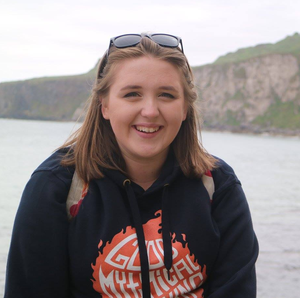28078
Hazardous Earth
Beschreibung
Keine Merkmale angegeben
Modulinformationen
Beschreibung
Keine Merkmale angegeben
Beschreibung
Keine Merkmale angegeben
Beschreibung
Keine Merkmale angegeben
Beschreibung
Keine Merkmale angegeben
Beschreibung
Keine Merkmale angegeben
Beschreibung
Keine Merkmale angegeben
Beschreibung
Keine Merkmale angegeben
Beschreibung
Keine Merkmale angegeben
Beschreibung
Keine Merkmale angegeben
Beschreibung
Keine Merkmale angegeben
Beschreibung
Keine Merkmale angegeben
Beschreibung
Keine Merkmale angegeben
Beschreibung
Keine Merkmale angegeben
Beschreibung
Keine Merkmale angegeben

 durch
durch
